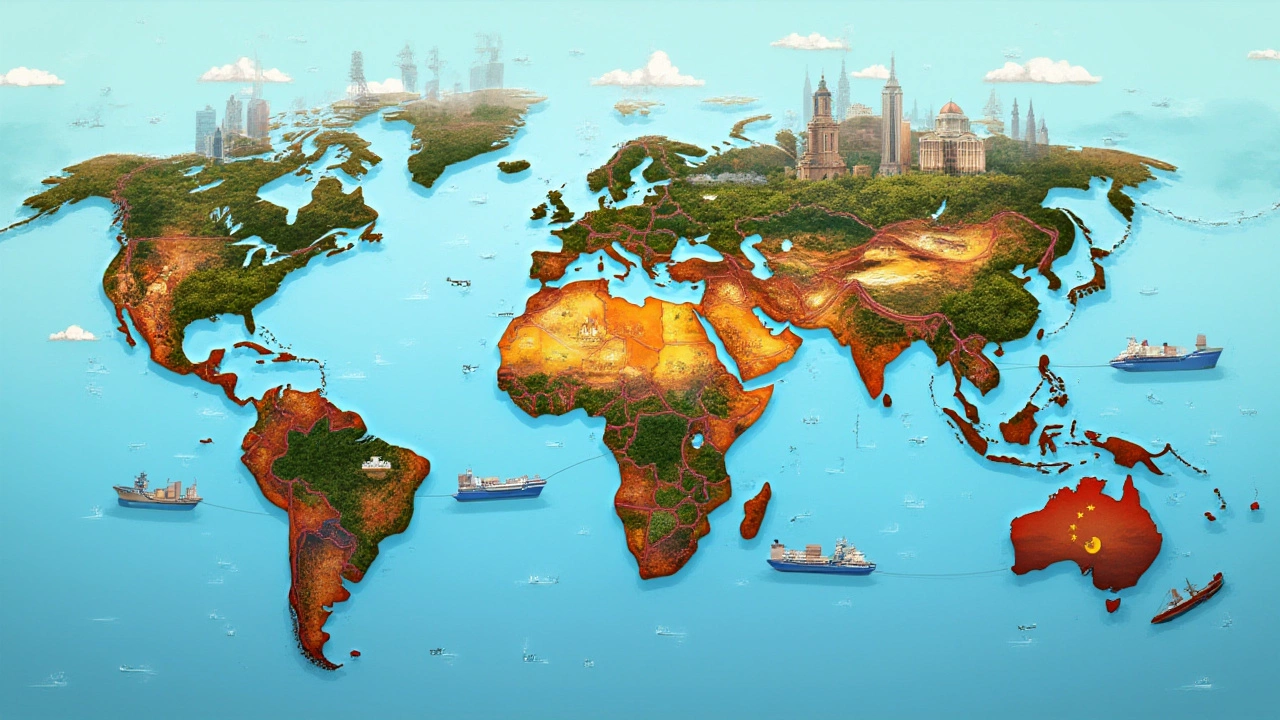Chemical Exports in India: What’s Hot, Who’s Buying, and How to Get Started
India’s chemical sector is buzzing. From petrochemicals to specialty additives, the country ships millions of tonnes every year. If you’re wondering why Indian chemicals are in demand abroad, the answer is simple: quality, price, and a growing range of products that meet global standards.
Most export demand comes from the US, Europe, and the Middle East. These markets look for everything from basic solvents to high‑performance polymers used in automotive and electronics. Indian exporters have built a reputation for reliable supply chains, which makes repeat orders common.
Top Export Categories and Why They Matter
1. Petrochemical derivatives – things like ethylene, propylene, and mono‑ethylene glycol dominate shipments. They’re the building blocks for plastics and textiles, so any surge in those industries lifts export numbers.
2. Specialty chemicals – pigments, dyes, and fine chemicals fetch higher margins because they serve niche markets such as pharmaceuticals and cosmetics. Quality certifications (ISO, REACH) are a must here.
3. Agri‑chemicals – fertilizers and crop protectors are in steady demand, especially in regions facing food‑security challenges. Indian manufacturers benefit from government incentives that keep production costs low.
How to Break Into the Chemical Export Market
First, get your product certifications in order. Buyers abroad rarely take a chance on uncertified chemicals; a clean ISO 9001 or BRC audit can be the deciding factor.
Second, understand the paperwork. Export licenses, customs codes (HS codes), and certificates of origin are required for every shipment. A small mistake can delay a container for weeks, costing you time and money.
Third, partner with a freight forwarder who knows the chemistry trade. They can advise on packaging (drums, IBCs, bulk tanks) and help you choose the right Incoterms to protect your margin.
Finally, price smartly. Compare your cost structure with global competitors, but also factor in exchange rates and fuel surcharges. Offering a transparent price breakdown builds trust and often leads to longer contracts.
Remember, the Indian chemical export market isn’t static. New regulations like the EU’s Green Deal push for greener processes, while domestic policies encourage value‑added production. Staying ahead of these changes can give you an edge.In short, if you have a reliable product, the right certifications, and a solid logistics plan, Indian chemical exports offer a clear path to global growth. Start small, focus on quality, and watch your orders grow.

Largest Chemical Exporter: Top Countries Powering Global Chemical Trade
Who dominates chemical exports worldwide? Get the lowdown on the top chemical exporting nations, export values, and how they shape global trade.
Read More